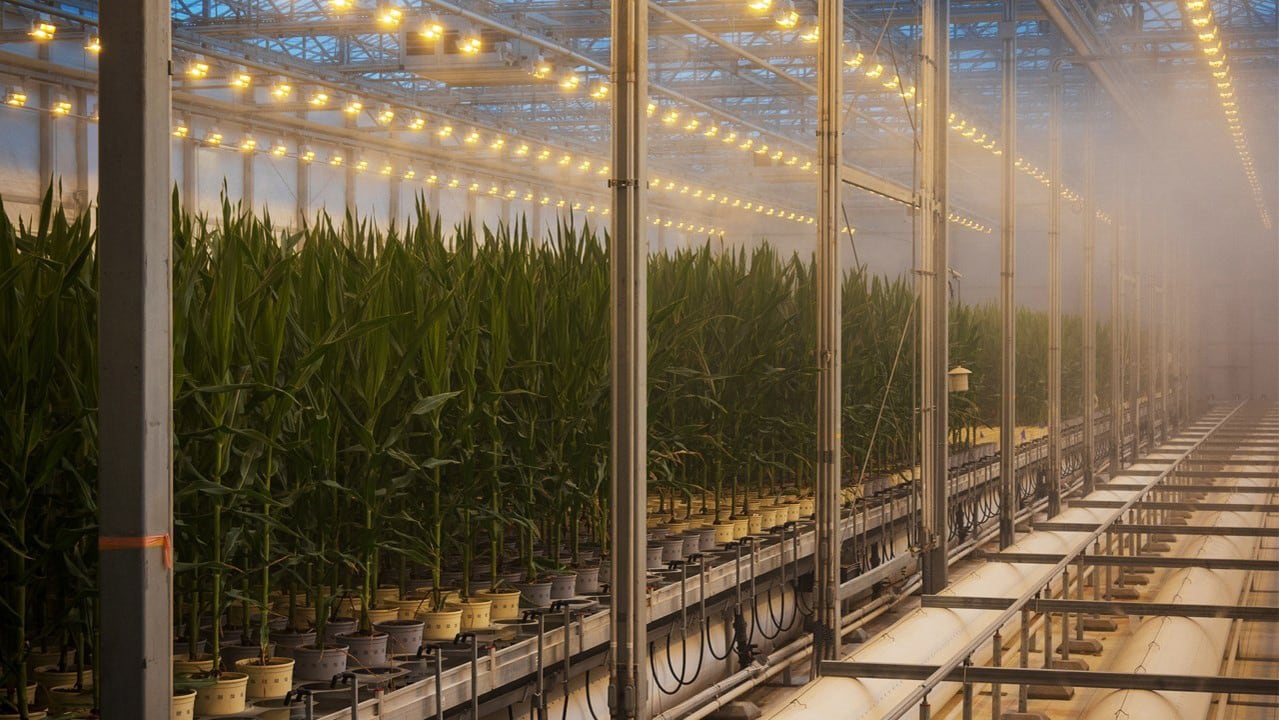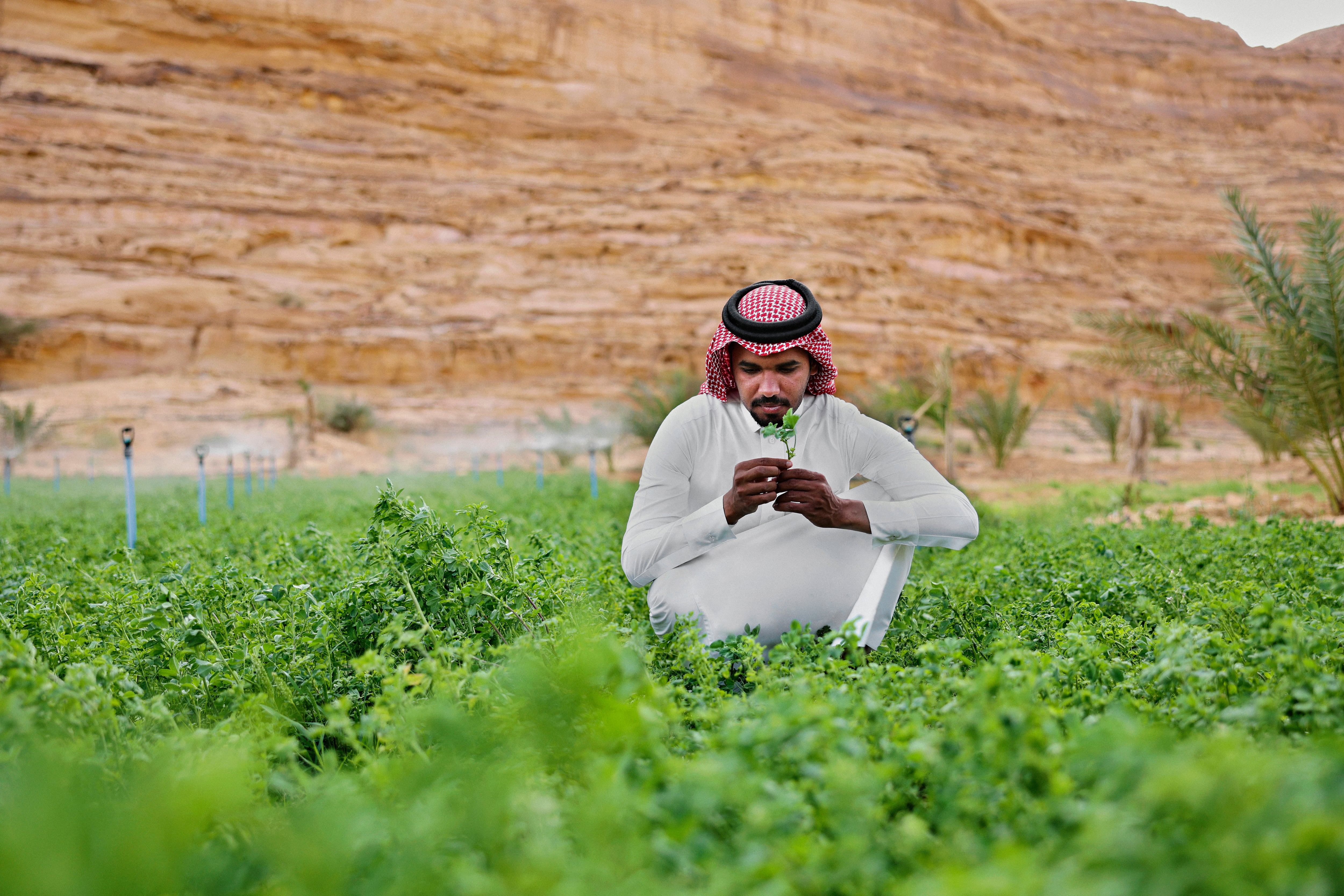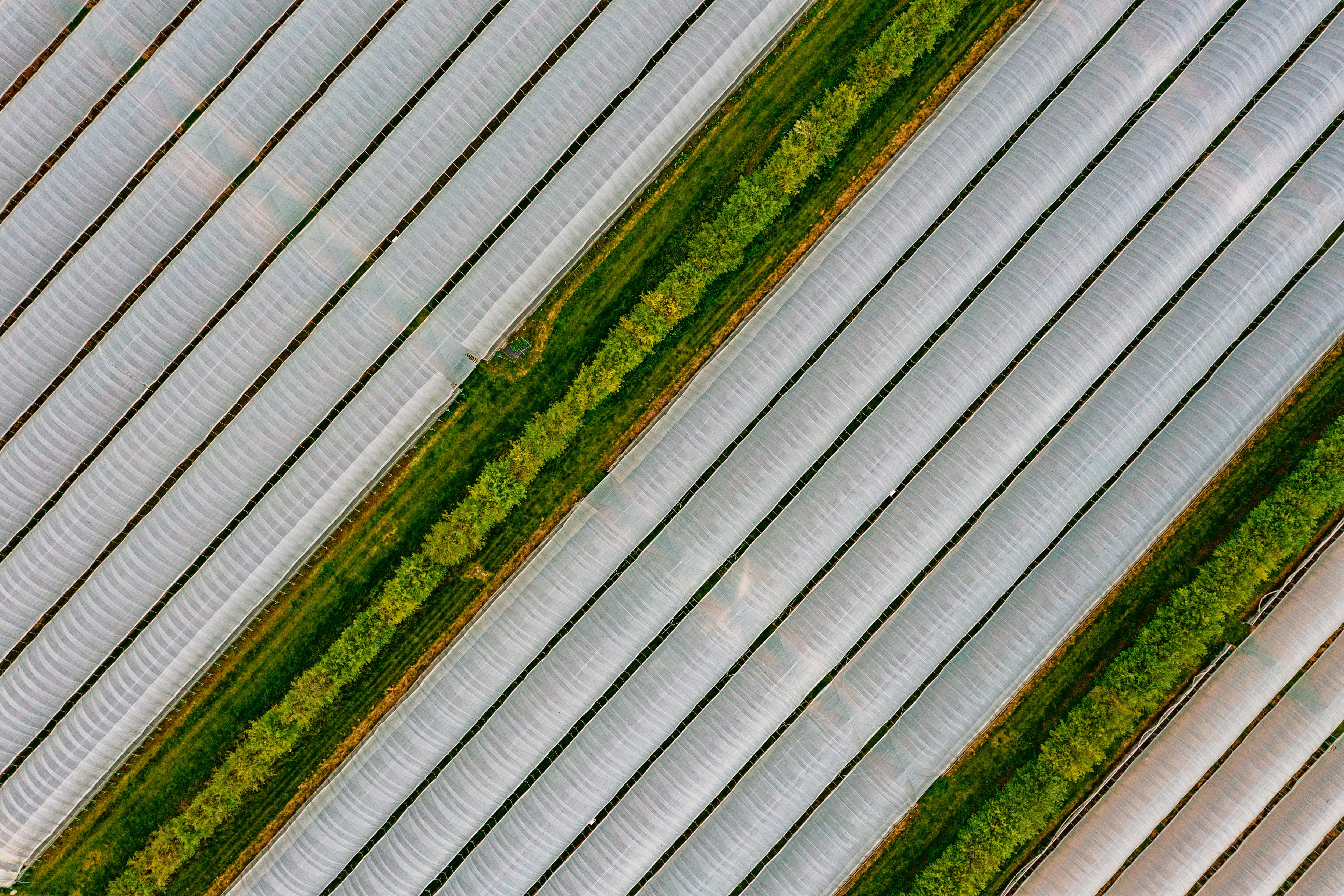Bayer’s challenges are well known. Even its CEO admits the company is “badly broken”. While it is still generating significant revenue and taking steps to address its issues, in November its share price fell to a 20-year low.
Its original problem lies in an ill-fated $63bn takeover of Monsanto in 2018 – “a deal so catastrophically bad that it is now the stuff of corporate legend,” wrote the Financial Times – which has exposed it to huge debts and expensive legal fights over the weedkiller Roundup.
Its crop science division is struggling all round. While it is still one of the largest producers of agrochemicals in the world, falling glyphosate prices are hitting its bottom line hard.
Alongside major job cuts and faster decision making, CEO Bill Anderson has highlighted innovation as a crucial tenet of the turnaround plan. New products are also key to hitting its sustainability goals.
“We have developed cutting edge technologies and innovations which are designed to increase our customers’ productivity and thus enhance food security, and help farmers further reduce the environmental cost of agriculture.”
As well as a drastic financial turnaround, Bayer has a few key sustainability goals, according to its latest report. The first is reducing the environmental impact of its global crop protection portfolio by 30% per hectare against a 2014-2018 average baseline.
To date, this is down by 12%, mainly due to innovations within Bayer’s crop protection portfolio. Its biological crop protection has seen significant growth of late and now consists of more than 20 commercial products – some options for organic systems – and used on 60 million acres of crops. “Driving the development of biologicals is promising as it addresses both environmental concerns and business potential,” it said.
Elsewhere, Bayer is trying to reduce its agrichemicals’ impact by adjusting their chemistry, looking for active ingredients with reduced effects on non-targeted plants and species.
Much of this now done using CropKey, Bayer’s new approach to discovering crop chemicals that uses artificial intelligence and machine learning to single out the unique proteins of the weed, matching this with a molecule that directly targets that structure.
Bayer says it has led to an “unprecedented enrichment” in its research pipeline with three times more products in early research than 10 years ago. The company is now predicting it will launch 100 new formulations over the next decade.
Crop protection and biodiversity decline
However, to what extent these new products will reduce the environmental impact is debatable given crop protection products are often perceived as one of the root causes of biodiversity decline.
Bayer’s glyphosate products, for example, are some of the most widely used agrichemicals in the world yet are highly controversial given their damage on waterways, soil ecology, and vital pollinators like bees. It is also linked to increased cancer rates, and was declared a ‘probable carcinogen’ by the World Health Organization in 2015.
Bayer rejects this. “Glyphosate plays a vital role in promoting regenerative agriculture practices that benefit both the ecosystem and agricultural productivity,” it says.
It still recognises the need for change, however, and in cases like glyphosate argues this can come through a combination of chemical improvements and changes that reduce the amount of crop protection needed.
To aid the latter, Bayer is looking to breed new crops specially designed to withstand pests and diseases, meaning they would need less chemical protection in their lifecycle. Bayer’s Intacta soybean seeds, for example, contain insect-resistant traits and herbicide tolerant traits, with a 7-year Bayer trial in South America showing a 31% reduction in the environmental impact of applied herbicides and insecticides.
Bayer is also rolling out tools that help farmers minimise the amount of crop protection they apply. Since 2015, Bayer has deployed its Climate FieldView technology, giving farmers insights from satellite imagery, IoT hardware, and other technologies to better plan the position, timing, and application of the right amount of crop protection products only when and where they are needed.
In 2023, Bayer announced two new precision application tools MagicScout and MagicSprayer. Where MagicScout can identify and document over 100 different types of plant, MagicSprayer can precisely apply a product to an individual plant, thereby executing the spraying program only where it is needed.
To truly assess the environmental impact, however, it must be measurable. To this end, Bayer partnered with three leading universities to develop a assessment model for the impact on the lifecycle of key pollinator.
Based on similar models, Bayer has concluded that while it has 15% of the crop protection market, it claims to only account for 2% of the environmental impact, according to preliminary impact assessment conducted by the Technical University of Denmark.
Every grain counts
Beyond crop protection, Bayer’s other key target is rice. Rice is topped only by beef when it comes to the food with the worst environmental impact, producing 10% of the world’s methane emissions and more CO2 than all the planes in the sky.
The key issue is the way it is grown. The crop is typically farmed in flooded fields to help minimise weeds, creating the ideal conditions for bacteria to decompose organic matter which in turn releases huge amounts of methane.
Bayer is therefore trying to reduce water usage in rice production by 25% by 2030 by introducing ‘direct-seeded rice’ to one million hectares and two million smallholder farmers across India. But there’s still a long way to go. In 2023, it brought the system to 4,500 hectares.
Direct-seeded rice involves sowing seeds directly into the field rather than the traditional method of growing seedlings in nurseries and transplanting them into the fields. The practice largely eliminates the need for flooded fields, cutting water use by up to 40% and greenhouse gases emissions by 45%.
As well as introducing farmers to the method, Bayer is attempting to develop high-performing seeds bred specifically for such systems, alongside targeted crop protection to go with them. “This innovation has the potential to revolutionise the production of rice, a staple crop for nearly half the world,” it says.




